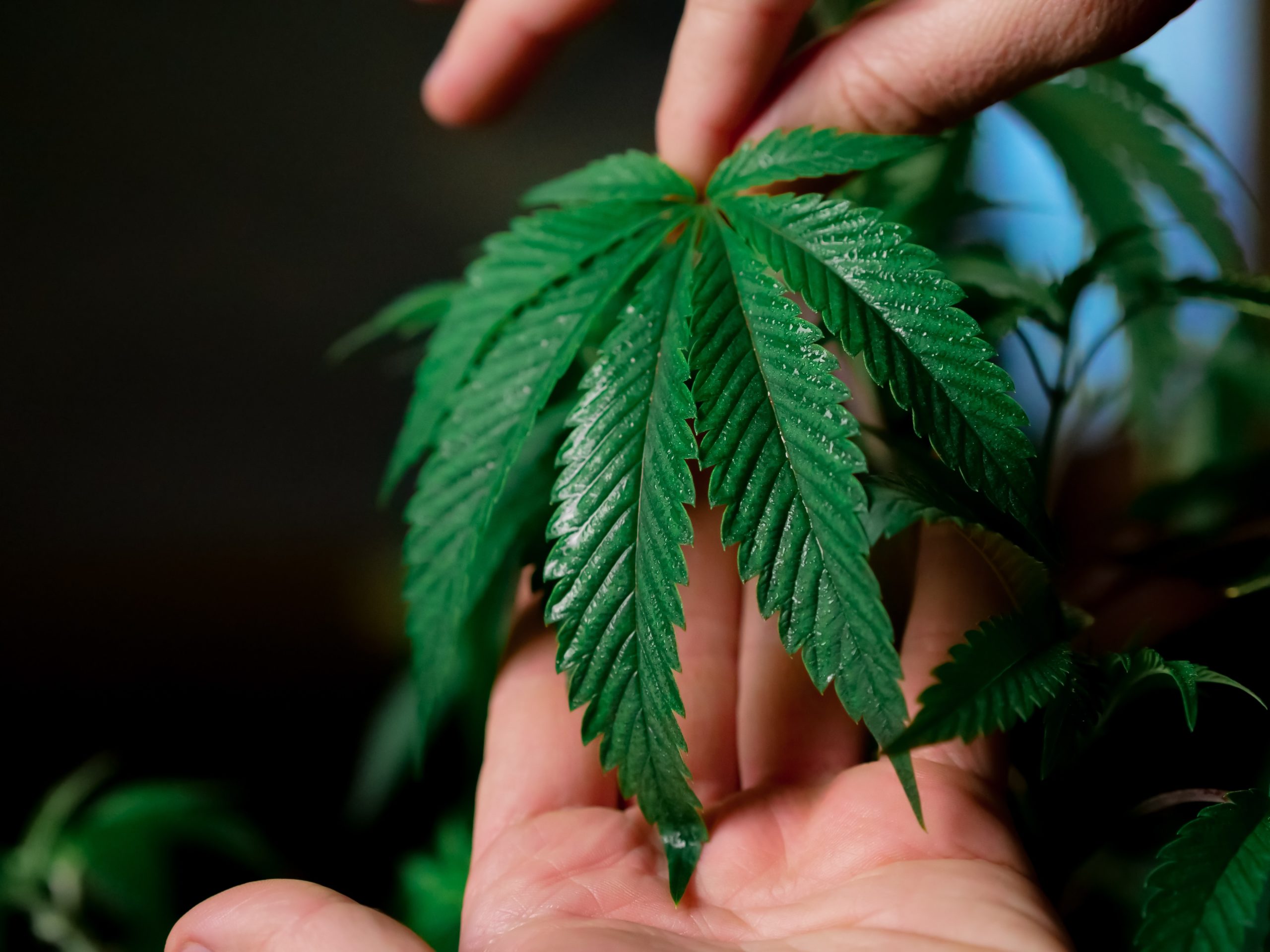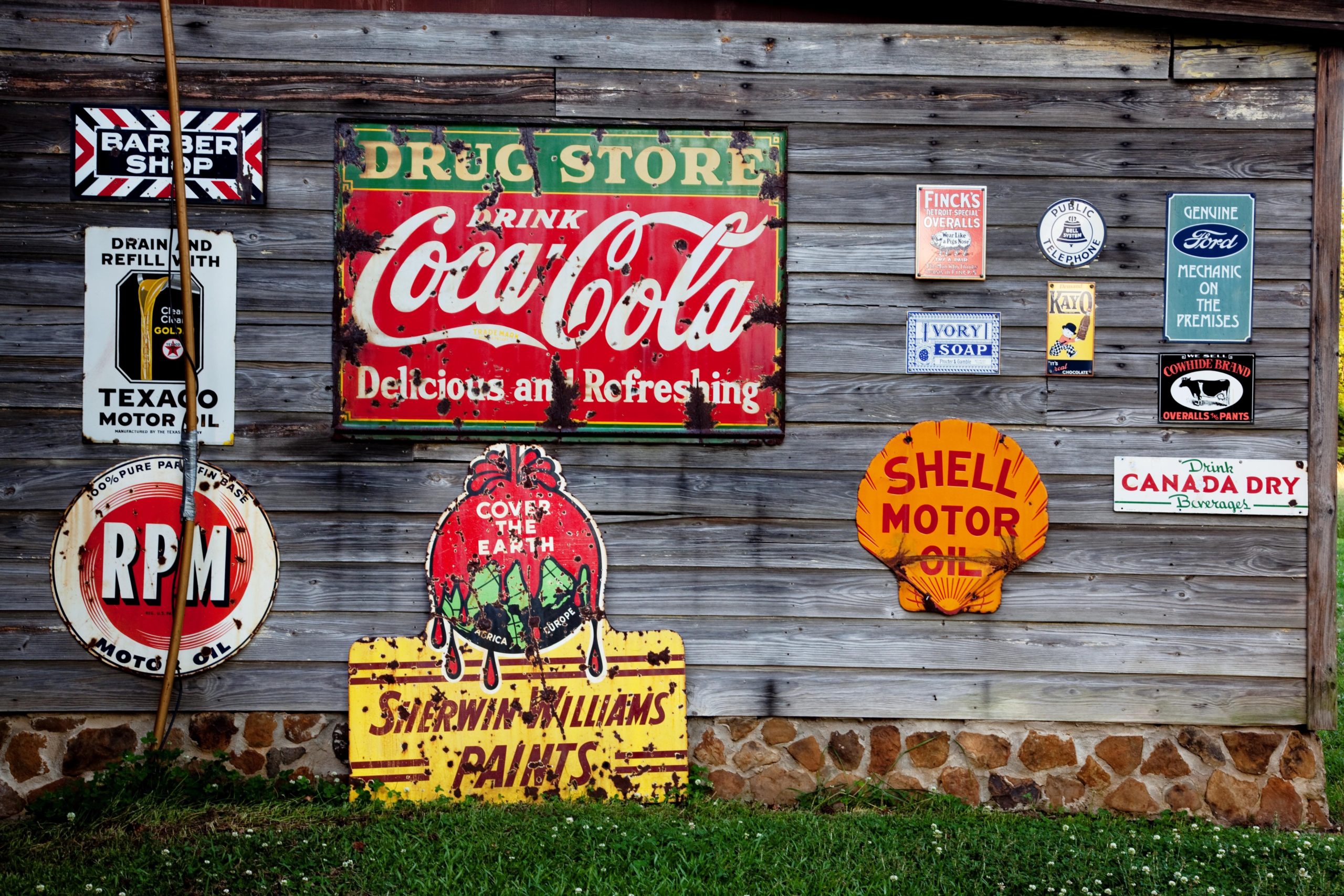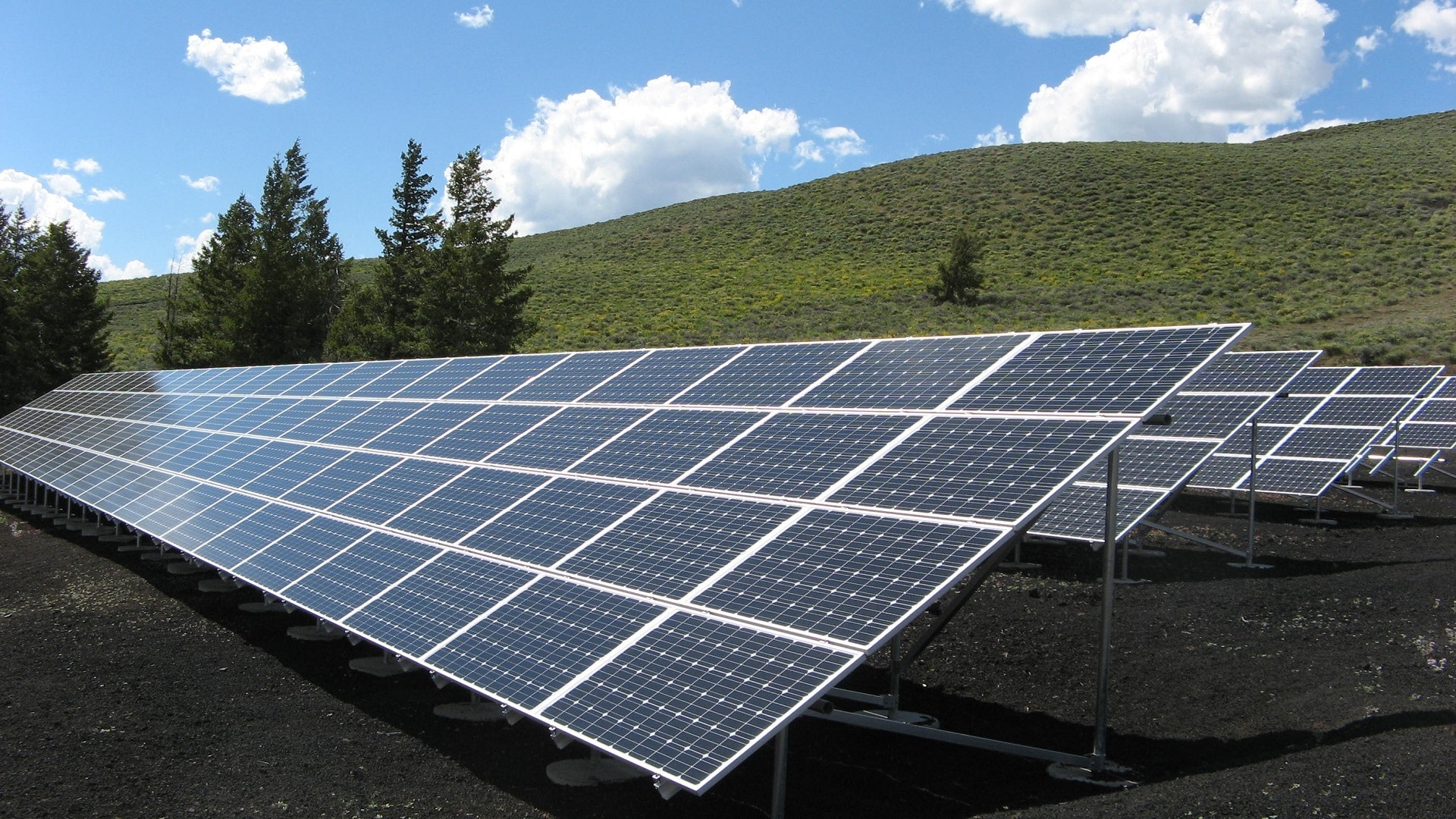
For indoor cultivators, energy costs often rank among the top expenses in their budget. While some growers accept this as a necessary business cost, savvy operators can gain a competitive edge by reducing energy expenses. What’s more, tapping into available incentives to enhance energy efficiency and adopt clean energy technologies can lead to even greater advantages, including substantial rebates.
Capturing Energy Efficiency Rebates
To seize energy efficiency rebates, follow these steps:
- Local Research: Explore available programs on the utility provider’s website or contact their customer service to inquire about incentives for businesses, especially those related to cannabis cultivation.
- Eligibility Check: Ensure your cannabis business meets all necessary requirements, including equipment eligibility, licensure, account type, location restrictions, and compliance with relevant laws. Watch for incentive caps.
- Documentation: Gather required documentation, such as energy savings analysis, cost data, equipment specs, and more. Submit your application accurately and be prepared to respond to utility inquiries. Outsourcing this step to a third party can streamline the process.
- Government Programs: Research additional grants, rebates, or programs from state governments supporting energy efficiency and sustainable agriculture initiatives.
- Post-Installation: After approval and equipment installation, inform your energy efficiency program for a post-installation inspection. Once approved, you’ll receive your incentive payment.
Unlocking the Potential
Surprisingly, many electric utilities across the country encourage growers to consume less power due to the high cost of energy production, especially during peak demand periods. These local utilities, particularly large investor-owned ones, offer incentives to cannabis cultivators for purchasing and installing equipment like LED horticultural lights, custom HVAC systems, environmental controls, and industrial technologies such as combined heat and power (CHP) or gas-driven chiller systems. Additionally, rebates are available for non-growing equipment like office lighting, retail spaces, and kitchen equipment, among others.
Northeast Opportunities
The Northeast boasts some of the most attractive utility incentive programs. Connecticut, for instance, offers incentives of up to 40 cents per kilowatt-hour saved during the first year or up to 95% of the incremental cost. Maine also provides enticing programs with rebates of 28 cents per kWh saved or up to 75% of the incremental cost. Other states with valuable incentive programs include New Jersey, New York, and Massachusetts.
Mid-Atlantic Advantages
Cannabis operators in the Mid-Atlantic states benefit from established and lucrative energy efficiency programs. New Jersey offers flat incentives for DLC-listed LEDs, while Maryland companies can receive up to 20 cents per kWh saved and up to 50% off energy-efficient technology. Solar and other clean-tech incentives may also be accessible in these states.
Midwest Offerings
The Midwest generally offers decent utility incentive programs. Michigan, for example, provides incentives at around 8-10 cents per kWh saved or up to 75% of the incremental cost, with retroactive rebates available for projects installed up to nine months prior. Oklahoma’s largest utilities offer incentives covering up to 75% of project costs.
West Coast Experience
West Coast utilities have extensive experience with regulated cannabis businesses. Notable programs include those offered by the Energy Trust of Oregon. In California, opportunities for incentive dollars primarily focus on retrofit and new HVAC projects.
Rocky Mountain Rewards
States in the Rocky Mountain region, such as Arizona, Montana, New Mexico, and Utah, offer appealing incentives. Xcel provides rebates for LED installations, while other utilities distribute incentives evenly between lighting and HVAC projects.
Southeast Challenges
Many Southeastern states lack high-paying incentive programs or even any incentive programs at all. States like Alabama, Florida, Georgia, and Mississippi have weak energy efficiency programs.
But What About Solar?
The cannabis industry, known for its energy-intensive indoor growing practices, is increasingly turning to solar power to address its environmental impact. As the sector expands with legalization, solar solutions are emerging as a transformative force in reducing energy consumption and carbon emissions. Solar-powered grow rooms not only cut production costs but also allow for precise control of growing conditions, optimizing cannabis quality while minimizing environmental harm. For a deeper dive into how solar energy is revolutionizing the cannabis industry, check out our comprehensive article here.
Tailoring Your Approach
Utility energy efficiency programs typically come in two forms: custom and prescriptive. While custom programs are suitable for larger, complex projects requiring site-specific analysis, prescriptive programs offer fixed-price incentives for readily available measures. Depending on your project, you may choose the most suitable program to maximize your incentives.
In conclusion, proactive engagement with utility incentive programs can significantly reduce energy costs, enhance your bottom line, and position your cannabis business for success in a competitive market.
Source: Marijuana Venture
EXPLORE MORE NEWS
Newsletter




